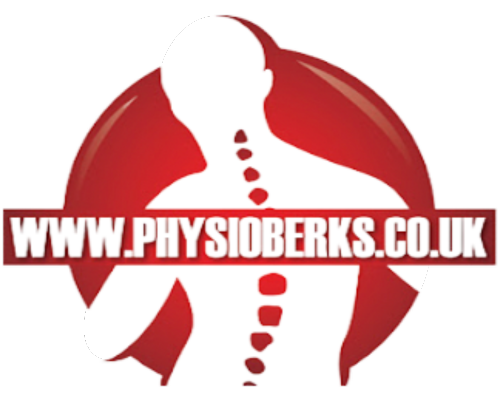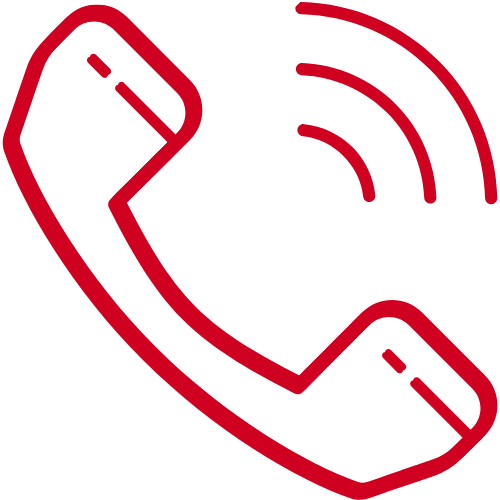Treatments

Electrotherapy
Ultrasound Mechanical vibration at increasing frequencies is known as sound energy. The normal human sound range is from 16Hz to something approaching 15-20,000 Hz (in children and young adults). Beyond this upper limit, the mechanical vibration is known as ULTRASOUND. The frequencies used in therapy are typically between 1.0 and 3.0 MHz (1MHz = 1 million cycles per second). Pulsed shortwave therapy The clinical effects of PSWT (pulsed shortwave therapy) are primarily related to the inflammatory and repair phases in muscuoskeletal / soft tissues.

Kinesiotaping
The Kinesio Taping Method is a therapeutic taping technique which alleviates pain and facilitates lymphatic drainage by microscopically lifting the skin. This lifting affect forms convolutions in the skin increasing interstitial space and allowing for decreased inflammation in affected areas. Kinesio Tex Tape applications can be applied in hundreds of ways and have the ability to reduce pain and inflammation, promote post-surgical healing, optimize performance, prevent injury and promote good circulation and can assist the body’s natural healing process.

Shock Wave Therapy
Extracorporeal shockwave therapy (ESWT) is a treatment using powerful acoustic pulses which is mostly used to treat kidney stones and in physical therapy and orthopedics. The most common use of extracorporeal shockwave therapy (ESWT) is for lithotripsy to treat kidney stones (urinary calculosis) and biliary calculi (stones in the gallbladder or in the liver) using an acoustic pulse. It is also reported to be used for salivary stones and pancreatic stones. Extracorporeal shockwave therapy is used as a second line measure to treat tennis elbow, shoulder rotator cuff pain, achilles tendinitis, plantar fasciitis, and greater trochanteric pain syndrome. ESWT is also used to promote bone healing and treat bone necrosis. It is an effective alternative to surgical treatment of non-healing fractures. ESWT is used for wound healing and has shown positive results in short-term and long-term outcomes in diabetic patients suffering from foot ulcers.

Physiotherapy
Physiotherapy services are provided in situations where movement and function are compromised by aging, injury, pain, disease, disorders, conditions or environmental factors, and with the understanding that functional movement is essential to health. Seeing a physiotherapist for the first time? Physiotherapy helps to restore movement and function when someone is affected by injury, illness or disability. It can also help to reduce your risk of injury or illness in the future. When should I go see a physiotherapist? Think about getting physiotherapy if you have an injury, or chronic pain that affects how you function everyday. A doctor may refer you to physiotherapy after surgery such as a hip replacement, or an event such as a heart attack or stroke. What problems do physiotherapists treat? Physiotherapists focus on both prevention and rehabilitation. Treatment can be for problems caused by injury, disease or disability. Here are some examples: • Neck and back pain caused by problems in the muscles and skeleton • Problems in the bones, joints, muscles and ligaments, such as arthritis and the after-effects of amputation • Lung problems such as asthma • Disability as a result of heart problems • Pelvic issues, such as bladder and bowel problems related to childbirth • Loss of mobility because of trauma to the brain or spine, or due to diseases such as Parkinson’s disease and multiple sclerosis • Fatigue, pain, swelling, stiffness and loss of muscle strength, for example during cancer treatment, or palliative care What can I expect at physiotherapy? Your session will be unique, because it is all about you and your particular needs. In general, here’s what happens: • The physiotherapist learns about your medical history • The physiotherapist assesses and diagnoses your condition • You receive a treatment plan that sets goals for you • You are prescribed a course of exercises and any assistive devices needed

Western Medical Acupuncture
Western medical acupuncture is a therapeutic modality involving the insertion of fine needles; it is an adaptation of Chinese acupuncture using current knowledge of anatomy, physiology and pathology, and the principles of evidence based medicine. It acts mainly by stimulating the nervous system, and its known modes of action include local antidromic axon reflexes, segmental and extrasegmental neuromodulation, and other central nervous system effects. Western medical acupuncture it’s mainly used to treat musculoskeletal pain, including myofascial trigger point pain. It is also effective for postoperative pain and nusea.

Manual Therapy
The International Federation of Orthopaedic Manipulative Physical Therapists (IFOMPT) defines orthopaedic manual physical therapy as: „a specialised area of physiotherapy/Physical Therapy for the management of NMS conditions, based on clinical reasoning, using highly specific treatment approaches including manual techniques and therapeutic exercises. Orthopaedic Manual Therapy also encompasses, and is driven by, the available scientific and clinical evidence and the biopsychosocial framework of each individual patient.”



